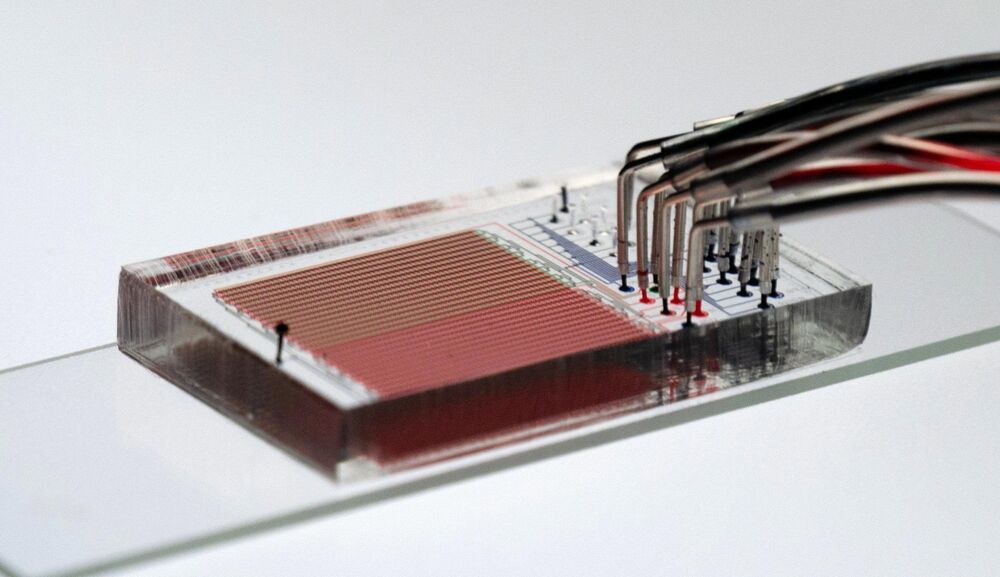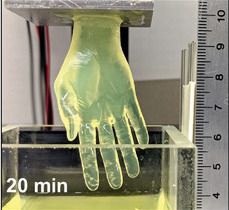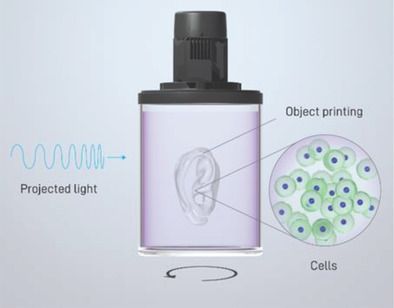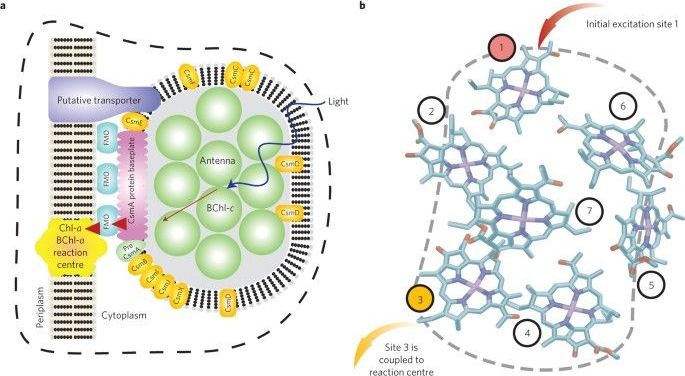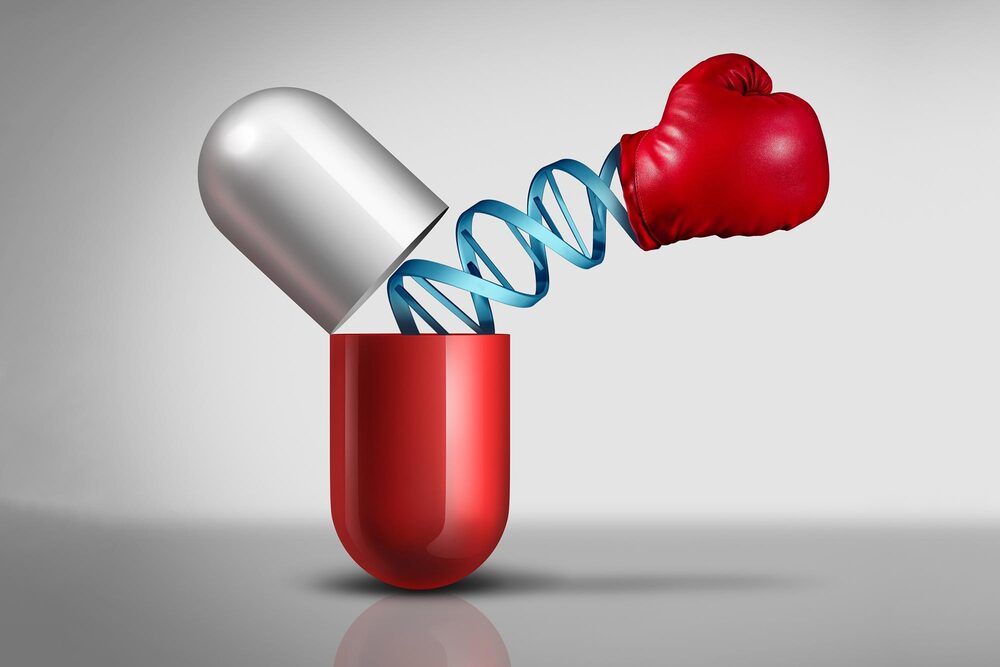Jul 23, 2021
Dubai makes its own RAIN to tackle 122F heat: Drones blast clouds with electrical charge to produce
Posted by Jeremy Dylan Batterson in categories: business, drones, energy
https://www.youtube.com/watch?v=bzuwCqCFjmk
Dubai uses drones to electrically charge clouds, causing tortential rains in one of the driest nations on Earth. Until now, such experiments had been done succeessfully from the ground only.
Info — Viral — Fun.
#Real #Dubai #makes #its #own #RAIN #to #tackle #122F #heat: #Drones #blast #clouds #with #electrical #charge #to #produce #downpours.
#The #rain #is #formed #using #drone #technology #that #gives #clouds #an #electric #shock #to #‘cajole #them’ #into #clumping #together #and #producing #precipitation.
The #UAE #is #one #of #the #most #arid #countries #on #Earth #and #the #technique #helps #to #increase #its #meagre #annual #rainfall #Video #shows #it #is #working #with #monsoon-like #downpours #across #the #country.
Dubai makes its own RAIN to tackle 122F heat: Drones blast clouds with electrical charge to produce downpours.
The rain is formed using drone technology that gives clouds an electric shock to ‘cajole them’ into clumping together and producing precipitation.
The UAE is one of the most arid countries on Earth and the technique helps to increase its meagre annual rainfall.
Video shows it is working with monsoon-like downpours across the country.
******************************************
Donate & Support the needy people (JUSTGIVING).
https://www.justgiving.com/crowdfunding/infoviralfun-help-po…=x72BzB5ZX


